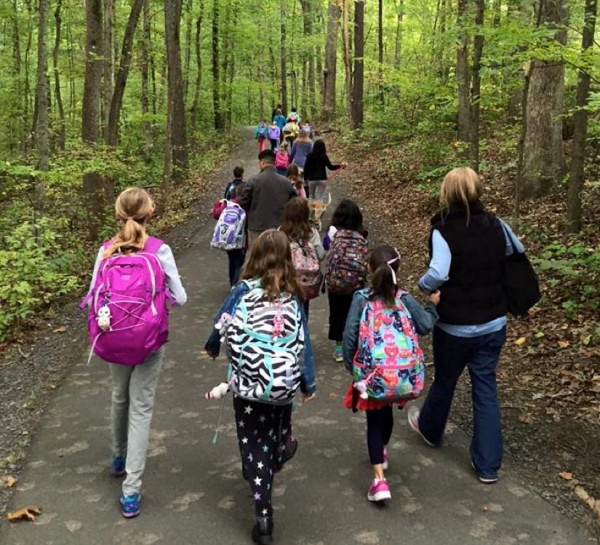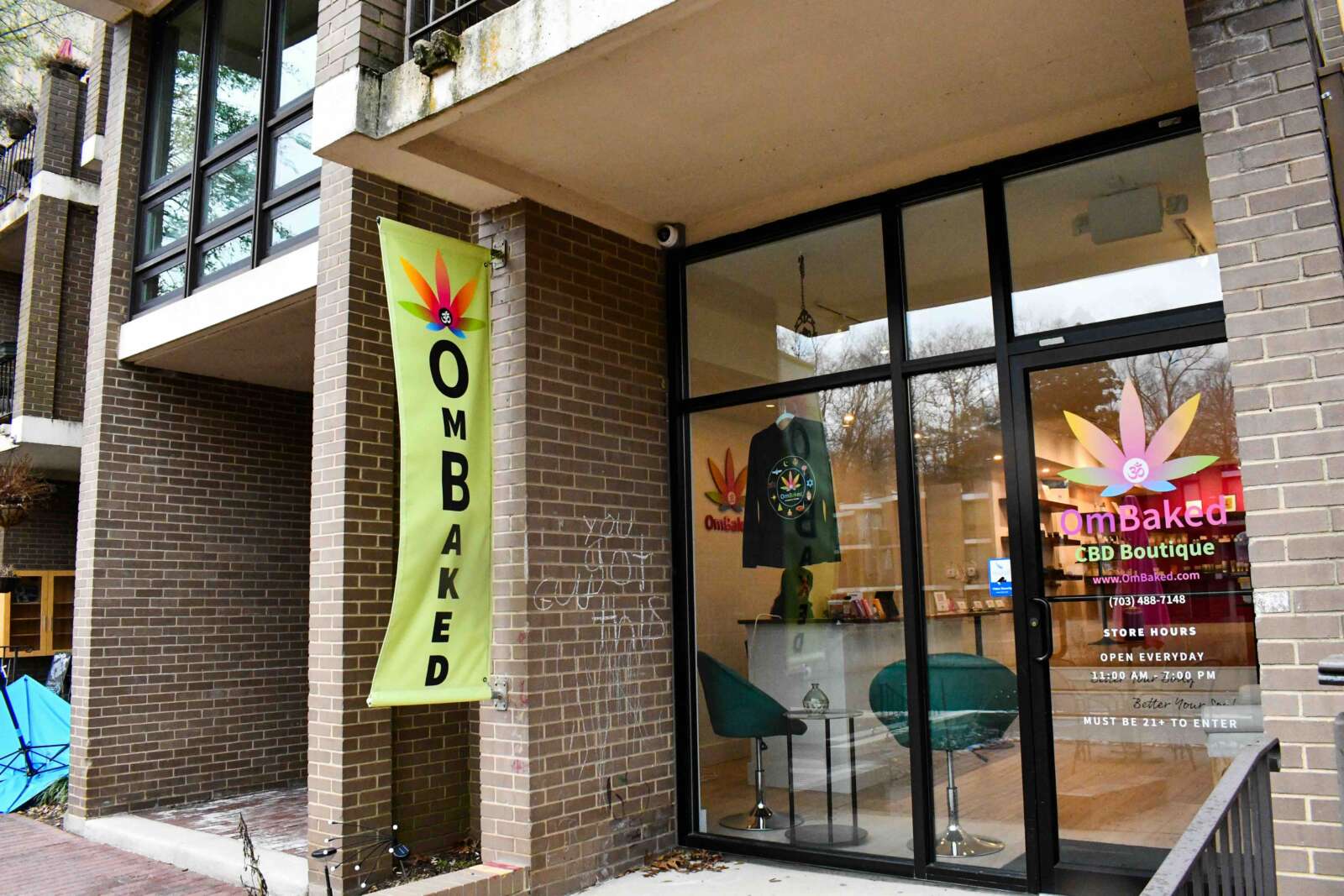
Consistent with national trends, black and Hispanic students are suspended at higher rates than their white peers in Reston schools.
Discipline disparities are especially prevalent at the high school and middle school level, according to federal data released by the U.S. Department of Education in late April.
In Fairfax County Public Schools, 40 percent of students are white, 25 percent are Hispanic, and 10 percent are black. But in-school and out-of-school suspensions are higher for black and Hispanic students. The dataset includes information for the 2015-2016 school year on more than 96,000 public schools.
Black students comprise 23 percent of total in-school suspensions and 26 percent of out-of-school suspensions. Similarly, Hispanic students comprise 41 percent of total in-school suspensions and 35 percent of total out-of-school suspensions.
White students, on the other hand, comprised 22 percent of in-school suspensions and 24 percent of out-school suspensions.
At South Lakes High School, black students are about twice as likely as white students to be suspended. They comprise just 13 percent of the total student population but account for nearly 35 percent of all in-school suspensions and nearly 37 percent of all out-of-school suspensions.
Disparities are evident among the Hispanic population at Herndon High School, where Hispanic students make up 39 percent of the total student population, but account for 64 percent of in-school suspensions and 54 percent of out-of-school suspensions.
In a statement to Reston Now, FCPS spokesman John Torre said the school system is concerned about the “disproportionality in school discipline, suspension, and expulsion rates between white children and children of color and is addressing those concerns by promoting and utilizing these alternative forms of discipline.”
At Herndon Middle School, Hispanic students, who make up 40 percent of the student population, accounted for 73 percent of in-school suspensions and 76 percent of out-of-school suspensions. White students made up 34 percent of the student population and accounted for 10 percent of in-school suspensions and 5 percent of out-of-school suspensions.
For black students, who make up 8 percent of the student population, disparities were not as evident. Black students accounted for 7 percent of in-school suspensions and just under 5 percent of out-of-school suspensions.
Major disparities were not as pervasive at Hughes Middle School, where 42 percent of students are white, 15 percent are black, and 26 percent are Hispanic.
White students comprised 8 percent of in-school suspensions and 14 percent of out-of of school suspensions. Black students comprised 27 percent of in-school suspensions and 28 percent of out-of-school suspensions. Suspensions for Hispanic students were in-line with their demographic makeup.
At the elementary school level, fewer overall suspensions were reported. Overall, racial disparities were also not as evident as they were in the middle and high school level.
Data in Fairfax County are in line with national trends. In 2015, 31 percent of students referred to police were black, even though they comprised 15 percent of the total school population. White students comprised about half of all students but only made up 36 percent of student police referrals.
Read FCPS’ entire response after the jump.
File photo via Karen Raffel
A few years ago, the School Board approved revisions to the district’s disciplinary regulation – Student Rights and Responsibilities (SR&R) – to better align with best practices and reduce suspensions with the goal of keeping students in class by promoting alternative forms of discipline and reducing the length of suspension for certain offenses. Among the changes: reducing the number of offenses which carry mandated consequences and increasing the focus on school-based interventions.
Suspensions have gone down significantly at the high school level. Much of this can be attributed to the restorative justice training that administrators received as well as the addition of the Systems of Support Advisor position in all high schools. Out of school suspension declined from 5997 in 2009-2010 to 4103 in 2015-16.
Restorative justice continues to expand as an alternative to suspension for discipline incidents. Currently, FCPS has five full-time restorative justice facilitators and is working to increase this number as more students are diverted into the program. Between Sept. 2014 and June 2016, there were 1,086 participants in restorative justice for school discipline.
Restorative justice is a victim-centered process that gives victims a voice about their harm and its effects as well as about terms of repair (including accountability by the offender). It’s an option not afforded by criminal prosecutions except for impact statements for the most serious crimes. Wider utilization provides some important outcomes to juvenile health in the community, including:
- lower rate of court involvement and records for first-time offenders, particularly among juveniles of color
- lower rates of suspension/expulsions in schools, esp. among students of color
One of the beneficial outcomes of restorative justice is an improved relationship between schools and parents of students involved in the discipline process. When compared to the traditional discipline process, parents feel as though the restorative justice approach provides additional transparency because they are fully involved in the process and are given a voice in the outcome, whether their child has been harmed or their child was involved in the harming.
The Alternative Accountability Program has expanded and is now used countywide by SROs and police for juveniles involved in selected first time criminal activity. The police refer the youth for a restorative justice conference as an alternative to filing a formal complaint with the court.
In high schools, System of Support Advisors (SOSA) have had significant impact. SOSAs work closely with youth referred to in-school suspension to determine the cause of referral and prepare students to return to class, reducing repeat offenses. They observe and work with teachers to help identify triggers and strategies for working with teens who are repeatedly disruptive, and they form relationships with teens and connect youth to other school resources (counselor, psychologist, social worker).
FCPS recognizes and is concerned about the disproportionality in school discipline, suspension, and expulsion rates between white children and children of color and is addressing those concerns by promoting and utilizing these alternative forms of discipline.





